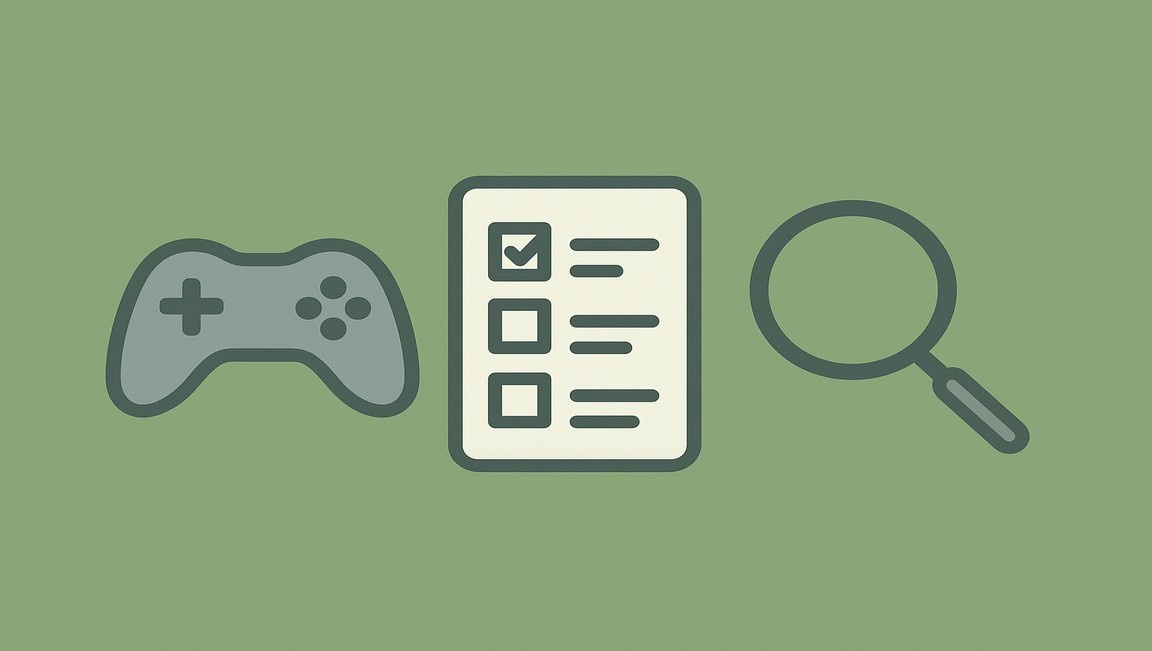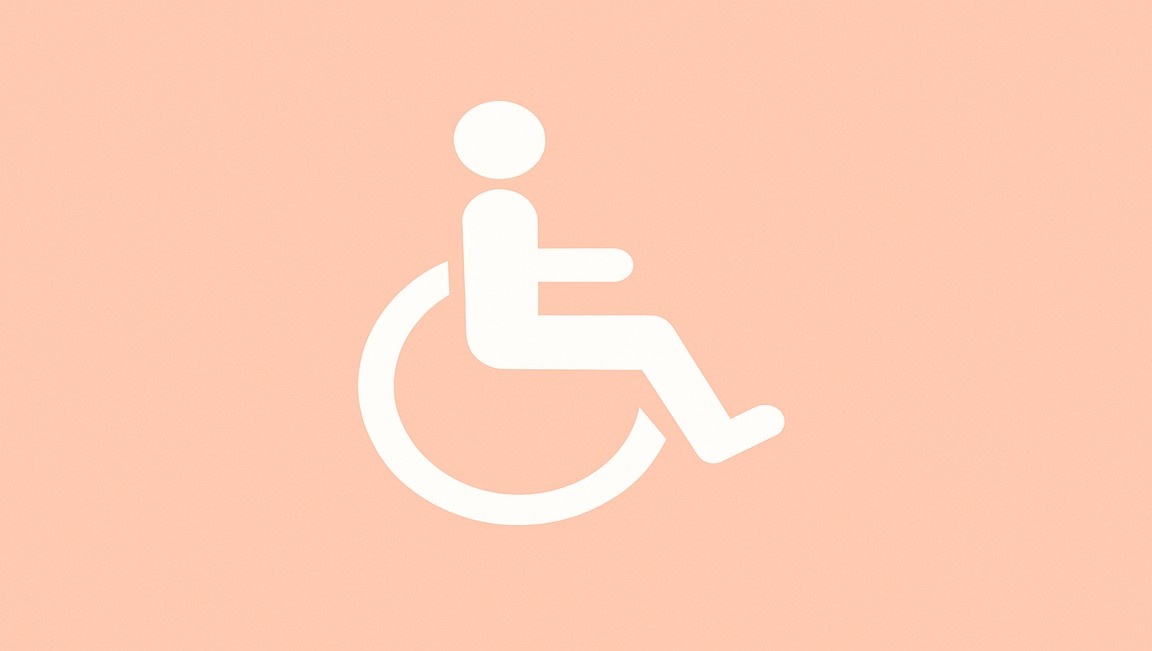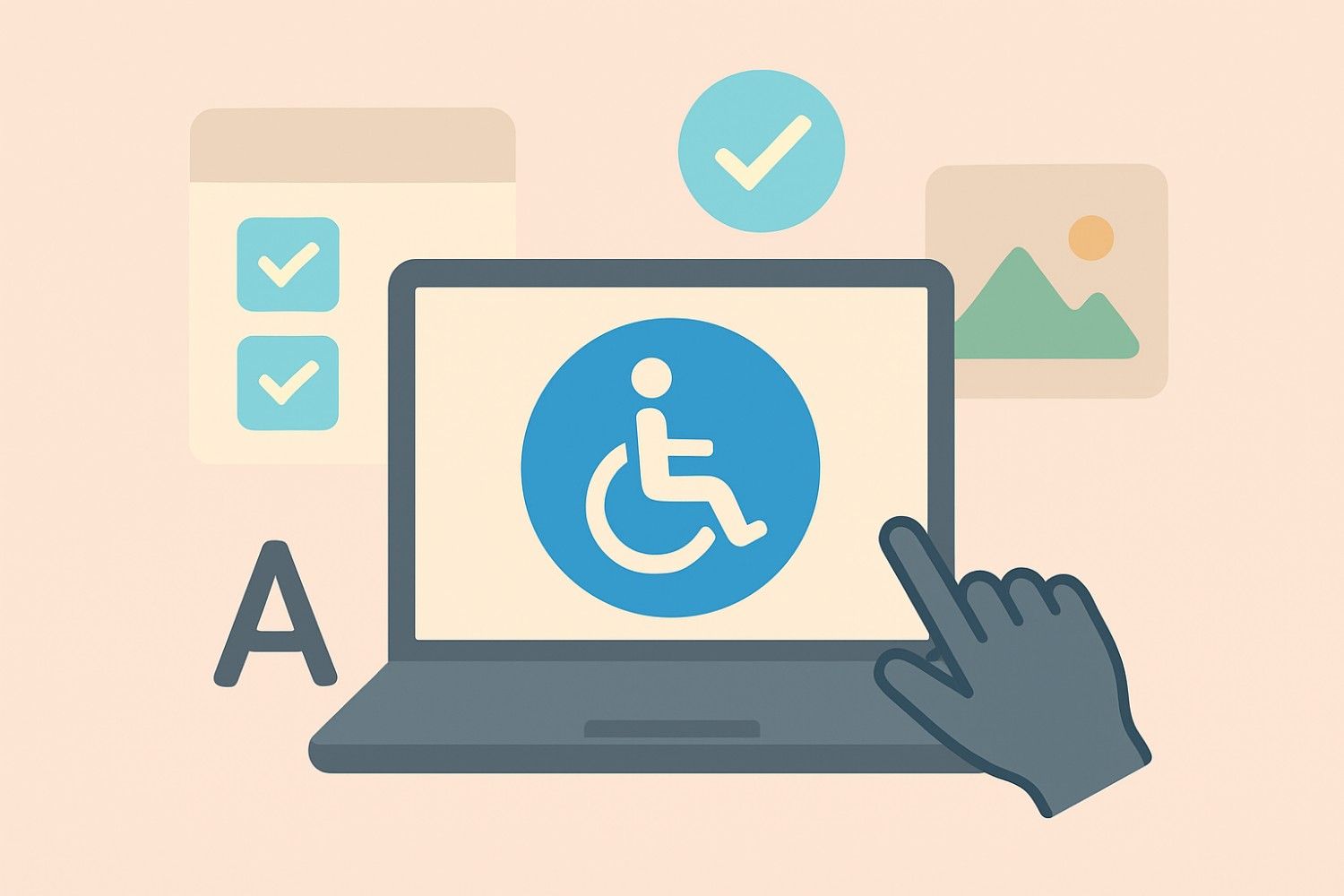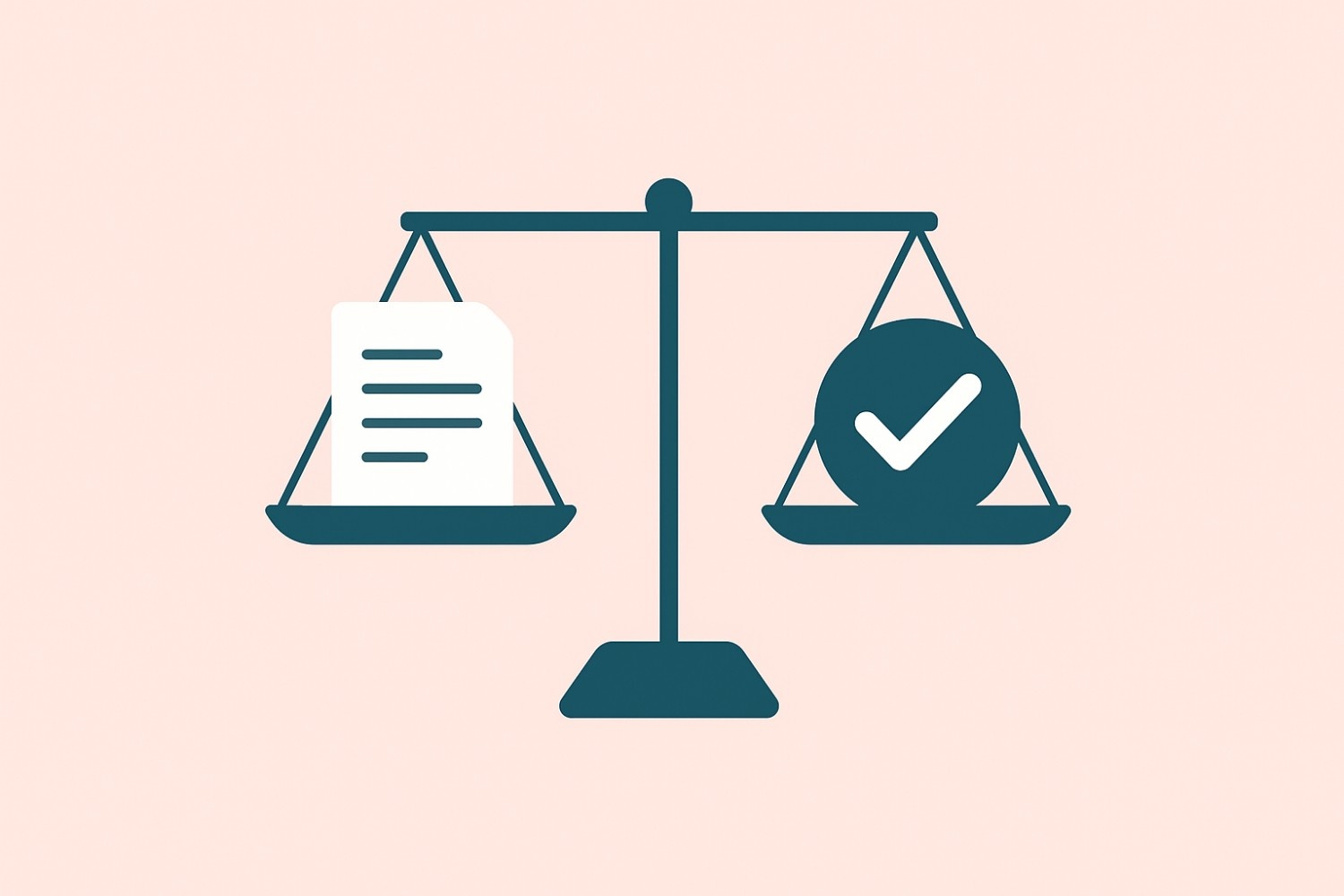Table of content
SHARE THIS ARTICLE
Is this blog hitting the mark?
Contact Us
Table of Contents
- Introduction
- Why Accessibility Testing Matters in 2025 and Beyond
- What is UsableNet AQA?
- Getting Started: Setting Up UsableNet AQA
- Best Practices for Using UsableNet AQA
- Sample Accessibility Issues Detected by AQA
- Why I Recommend UsableNet AQA
- Conclusion
Introduction
In today's fast-paced digital world, accessibility testing is no longer optional—it's essential. With legal regulations like the ADA (Americans with Disabilities Act) and WCAG (Web Content Accessibility Guidelines) in place, ensuring your application is accessible to everyone is a critical part of quality assurance. This blog post will walk you through how to get started with accessibility testing using one of the most efficient tools available today—UsableNet AQA.
Whether you're a QA Engineer, Software Tester, or QA Intern, this guide will help you understand the “why” and “how” of accessibility testing and provide a step-by-step introduction to automated accessibility checks with UsableNet AQA.
Why Accessibility Testing Matters in 2025 and Beyond
Digital accessibility means making your web and mobile applications usable for all users, including those with disabilities. As applications evolve to serve broader audiences, accessibility is becoming a key focus area—both for user experience and legal compliance.
Manual testing for accessibility can be time-consuming and error-prone. This is where automation tools like UsableNet AQA come into play, enabling teams to quickly detect, prioritize, and fix accessibility issues before they reach production.
Real-World Examples:
Think about a login page where the input fields aren’t labeled for screen readers. Or a CTA button with poor contrast that becomes unreadable for visually impaired users. These are common issues, and UsableNet AQA can catch them early in your testing process.
What is UsableNet AQA?
UsableNet AQA (Accessibility Quality Assurance) is a robust automated accessibility testing tool that helps QA teams and developers identify and fix WCAG and ADA compliance issues.
It’s particularly useful for:·
- Scanning web pages and applications for accessibility violations.
- Generating detailed reports and recommendations.
- Integrating into your CI/CD or QA workflow.
Also Read: The Rise of Context-Driven Testing: Why One Size Doesn’t Fit All
Getting Started: Setting Up UsableNet AQA
Step 1: Sign Up & Access the Dashboard
Start by signing up on the UsableNet AQA website. Once logged in, you'll be greeted by a clean, intuitive dashboard.
Step 2: Add Your First Test
You can start testing by entering the URL of the page you want to scan. UsableNet AQA will run a full accessibility audit on the page based on WCAG 2.1 guidelines.
Step 3: Review the Report
After the scan, the tool provides a detailed report that categorizes issues into:·
Critical
Major·
Minor
Each issue includes a description, code snippet, and recommendation for fixing.
Step 4: Integrate with Your Workflow
UsableNet AQA supports integration with CI/CD pipelines, making it easy to include accessibility checks in your build process. This ensures you're continuously testing accessibility as part of your release cycle.
Best Practices for Using UsableNet AQA
1. Test Early and Often
Incorporate AQA into your unit testing or sprint cycles so issues are identified before UI development is finalized.
2. Combine Manual + Automated Checks
Automated tools can detect 30–40% of accessibility issues. Complement AQA’s findings with manual exploratory testing to uncover more nuanced barriers.
3. Educate the Team
Train developers and designers on common accessibility mistakes so they can proactively avoid them during development.
4. Monitor Progress Over Time
Use AQA’s reporting dashboard to track how your site’s accessibility improves sprint over sprint.
Sample Accessibility Issues Detected by AQA
Why I Recommend UsableNet AQA
From my experience in functional and accessibility testing, UsableNet AQA has proven incredibly helpful. It simplifies complex accessibility audits and helps testers focus on fixing rather than finding issues. It’s especially effective when accessibility testing is embedded early in the QA lifecycle.
With its ability to generate actionable reports, flag critical errors, and integrate with development workflows, AQA empowers teams to build inclusive and compliant digital products.
Conclusion
Accessibility testing is no longer just a “nice-to-have”—it’s a necessity. With tools like UsableNet AQA, testers can automate large portions of accessibility audits, improve coverage, and build better digital experiences for all users.
Whether you’re just getting started or looking to strengthen your current QA process, UsableNet AQA is a smart, scalable solution that every QA engineer should explore.
Discover More About QA Services
sales@qable.ioDelve deeper into the world of quality assurance (QA) services tailored to your industry needs. Have questions? We're here to listen and provide expert insights

22-p-500.jpg)
A QA Engineer, specialize in both manual and automation testing to ensure robust, scalable, and high-quality software products. I lead end-to-end testing initiatives, design test strategies aligned with sprint goals, and collaborate closely with developers, product owners, and other stakeholders. With hands-on experience in Selenium, API testing, and CI/CD integration, I focus on improving test coverage, minimizing defects, and accelerating release cycles through efficient and reliable QA practices.
.svg)














.webp)
.webp)
.png)
.png)











.png)



.png)

.png)

.png)



















.webp)

